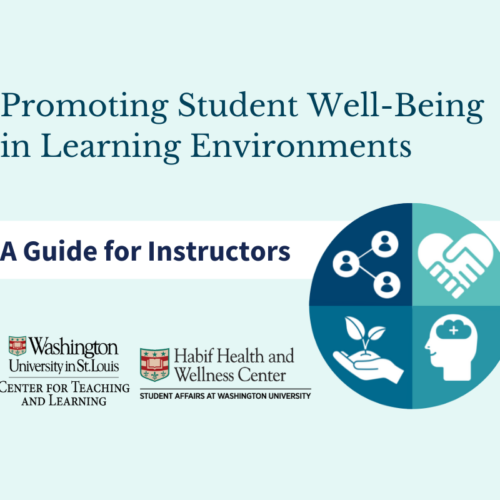Practical Tips for More Engaging Teaching
“If you want people to be interested, committed, and willing to devote effort to learning, mastering, and using skills for the long haul, then you can’t avoid the initial step of stimulating excitement,” said psychologist Todd Kashdan, as quoted in a recent article in The Chronicle of Higher Education, “How to Make Your Teaching More Engaging.” In the article, Sarah Rose Cavanagh, associate professor of psychology and associate director for grants and research in the D’Amour Center for Teaching Excellence at Assumption College, lays out four principles for making one’s teaching more engaging. The principles include emotions, performance, community, and stories. Cavanagh also gives tips on how to use these principles in the classroom and offers real-world examples.
For the principle of emotion, Cavanagh suggests breaking the class up into smaller periods, choosing relevant and engaging assignments and activities, breaking up the routine, and adding some course-relevant humor. She then illustrates her point with an example of teaching from Heather L. Urry, an associate professor of psychology at Tufts University. Urry teaches experimental design in her “Experimental Psychology” course by having her students evaluate the evidence behind a friend’s “Hierarchy of Candy Goodness Model,” which organizes candy into tiers of deliciousness. The activity has the “emotional hook” students often need to engage with the material, Cavanagh writes.
At the end of the story, Cavanagh provides resources that teachers can use to improve their teaching, including polling websites, screen-capture software, and concept-mapping software.






